In recent years, the global water crisis has become a growing concern, calling for innovative solutions to provide clean and safe water to a rapidly increasing population. Nanotechnology has emerged as a game-changer in the field of water treatment, offering breakthrough solutions that revolutionize the treatment of contaminated water. By leveraging the unique properties of nanoparticles, nanotechnology products have the potential to address some of the most pressing challenges in water treatment. In this article, we explore the advantages and applications of nanotechnology products for water treatment. 1. Enhanced Filtration Efficiency: Nanotechnology-based water treatment products, such as nanofilters and membranes, offer superior filtration performance compared to traditional methods. Nanoporous membranes are capable of removing a wide range of contaminants, including bacteria, viruses, heavy metals, and organic pollutants. Their high surface area to volume ratio allows for efficient removal of even trace amounts of pollutants, significantly improving water quality. 2. Targeted Contaminant Removal: One of the key advantages of nanotechnology products is their ability to selectively target specific contaminants in water. Functionalized nanoparticles can be tailored to attract and capture specific pollutants like arsenic, lead, or pharmaceutical residues. This targeted removal approach ensures effective treatment while minimizing the waste produced during the process.
.
 3. Advanced Oxidation Processes: Nanotechnology offers innovative solutions for advanced oxidation processes (AOPs) in water treatment. By utilizing photocatalysis, nanoparticles like titanium dioxide can generate reactive oxygen species when exposed to light. These reactive species break down organic pollutants, pathogens, and even emerging contaminants like pharmaceutical residues or endocrine disruptors, thus improving the overall water quality. 4. Self-Cleaning Surfaces: Nanotechnology coatings can be applied to membranes, pipes, and other water treatment equipment to create self-cleaning surfaces. These coatings reduce fouling issues by preventing the adhesion of contaminants and biofilms, ensuring longer system lifespan, and minimizing maintenance requirements. Self-cleaning surfaces also improve the overall efficiency of water treatment processes, increasing operational reliability.
3. Advanced Oxidation Processes: Nanotechnology offers innovative solutions for advanced oxidation processes (AOPs) in water treatment. By utilizing photocatalysis, nanoparticles like titanium dioxide can generate reactive oxygen species when exposed to light. These reactive species break down organic pollutants, pathogens, and even emerging contaminants like pharmaceutical residues or endocrine disruptors, thus improving the overall water quality. 4. Self-Cleaning Surfaces: Nanotechnology coatings can be applied to membranes, pipes, and other water treatment equipment to create self-cleaning surfaces. These coatings reduce fouling issues by preventing the adhesion of contaminants and biofilms, ensuring longer system lifespan, and minimizing maintenance requirements. Self-cleaning surfaces also improve the overall efficiency of water treatment processes, increasing operational reliability.
..
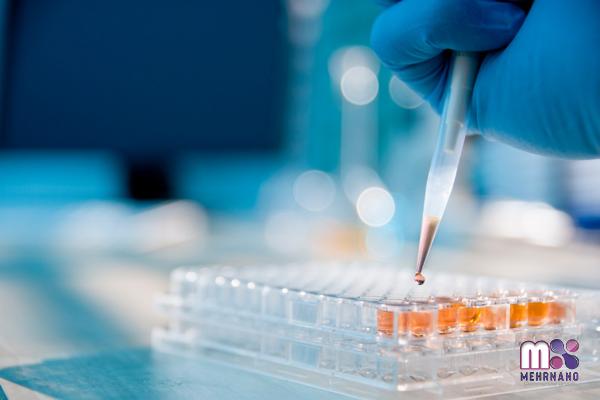 5. Cost and Energy Efficiency: Despite being at the forefront of innovation, nanotechnology products for water treatment can offer cost and energy-saving benefits. Nano-based water treatment systems often require smaller footprints than traditional methods, enabling decentralized water treatment solutions that reduce infrastructure costs. Additionally, the potential for regeneration and reusability of nanoparticles can lead to cost reductions in the long run. Moreover, the use of advanced nanomaterials helps improve the energy efficiency of water treatment processes, reducing operational costs and environmental impact.
5. Cost and Energy Efficiency: Despite being at the forefront of innovation, nanotechnology products for water treatment can offer cost and energy-saving benefits. Nano-based water treatment systems often require smaller footprints than traditional methods, enabling decentralized water treatment solutions that reduce infrastructure costs. Additionally, the potential for regeneration and reusability of nanoparticles can lead to cost reductions in the long run. Moreover, the use of advanced nanomaterials helps improve the energy efficiency of water treatment processes, reducing operational costs and environmental impact.
…
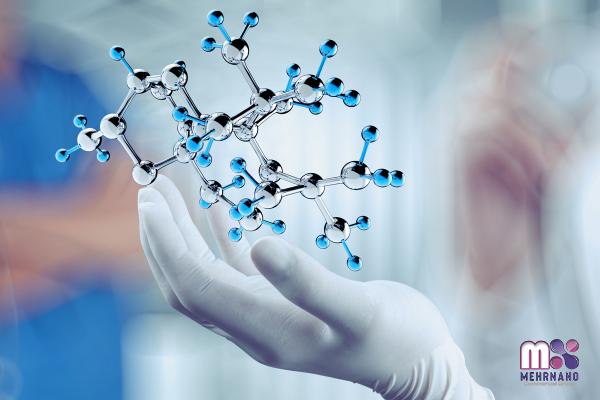 Conclusion: As the demand for clean and safe water rises, nanotechnology products have emerged as a revolutionary approach in water treatment. Offering enhanced filtration efficiency, targeted contaminant removal, advanced oxidation processes, self-cleaning surfaces, and cost efficiency, nanotechnology paves the way for innovative and sustainable solutions. Implementing these nanotechnology-driven advancements in water treatment systems can foster a resilient and sustainable future, ensuring access to clean water for all.
Conclusion: As the demand for clean and safe water rises, nanotechnology products have emerged as a revolutionary approach in water treatment. Offering enhanced filtration efficiency, targeted contaminant removal, advanced oxidation processes, self-cleaning surfaces, and cost efficiency, nanotechnology paves the way for innovative and sustainable solutions. Implementing these nanotechnology-driven advancements in water treatment systems can foster a resilient and sustainable future, ensuring access to clean water for all.

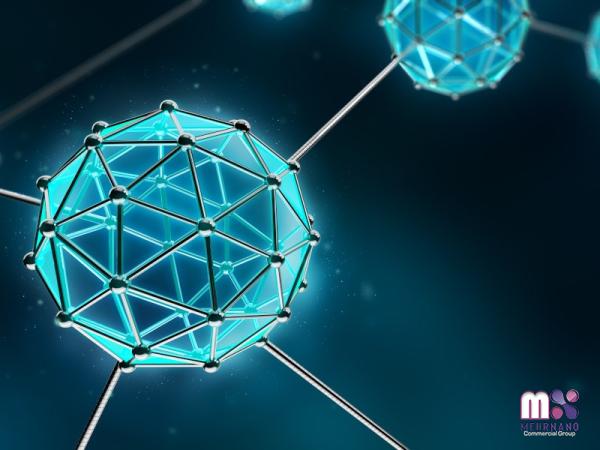
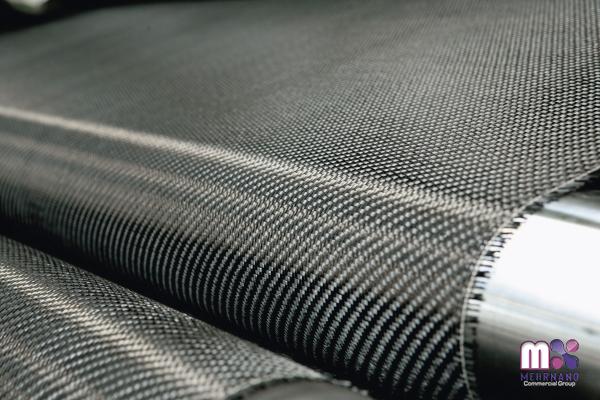

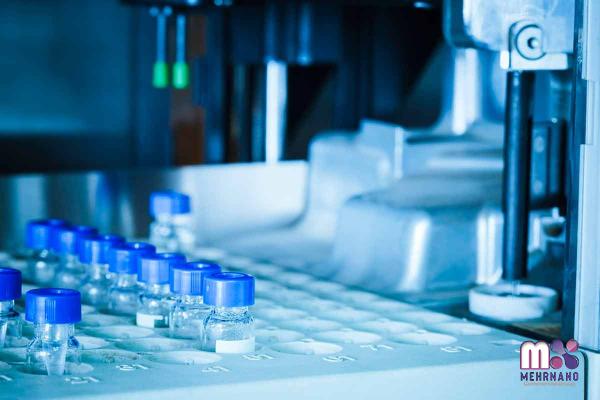



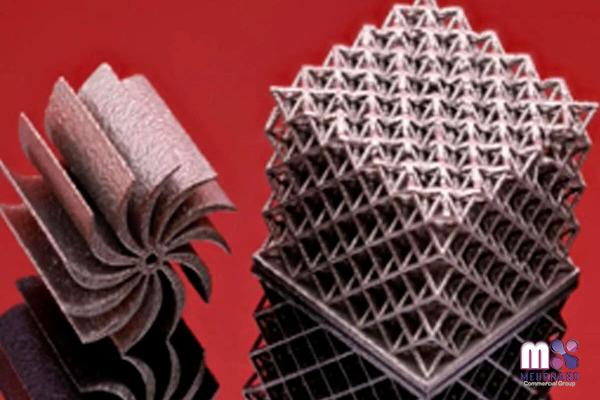
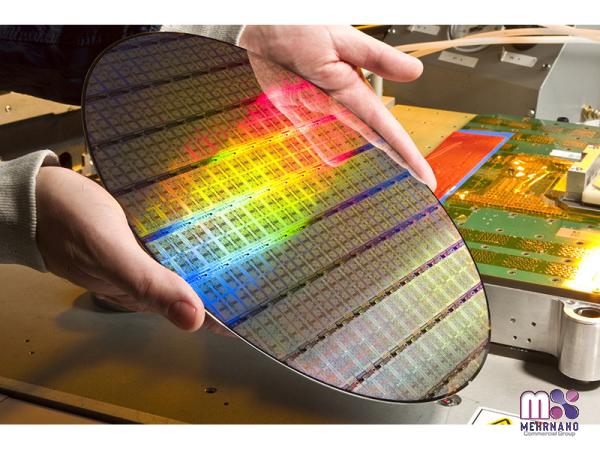

Your comment submitted.